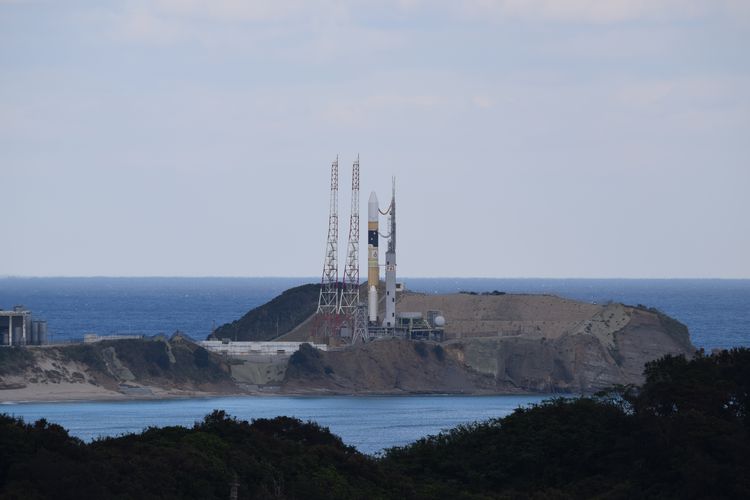
- ARAB NEWS
- 25 Apr 2024

TANEGASHIMA, Kagoshima Pref.: Mitsubishi Heavy Industries Ltd. successfully launched an optical data relay satellite on an H-2A rocket on Sunday.
The H-2A Launch Vehicle No. 43 blasted off from the Japan Aerospace Exploration Agency’s Tanegashima Space Center in the southwestern prefecture of Kagoshima at 4:25 p.m. (7:25 a.m. GMT). The satellite subsequently entered the planned orbit.
The data relay satellite will demonstrate high-speed intersatellite communication technologies being developed by JAXA.
— MHI Launch Services (@MHI_LS) November 29, 2020
Placed in stationary orbit, the satellite will use optical laser-based high-speed communication technologies to receive data from an earth observation satellite at an altitude of hundreds of kilometers and transfer the received data to a station on Earth. As the satellite will constantly be above Japan, it can send data to the station in the country for a longer time.
The satellite launched this time is also equipped with a data relay devise for information-gathering satellite operated by of the Cabinet Satellite Intelligence Center of the Japanese government.
The information-gathering satellite is a de-facto spy satellite that was introduced in response to ballistic missile launches by North Korea in 1998. It is currently consisted of three optical sensor satellites, which can collect images of Earth on sunny days, and four radar satellites, which can conduct observations even on bad weather days or in the nighttime.
The Japanese government aims to establish in fiscal 2028 or later a system of operating a total of 10 satellites–four optical sensor satellites, four radar satellites and two data relay satellites.
JIJI Press